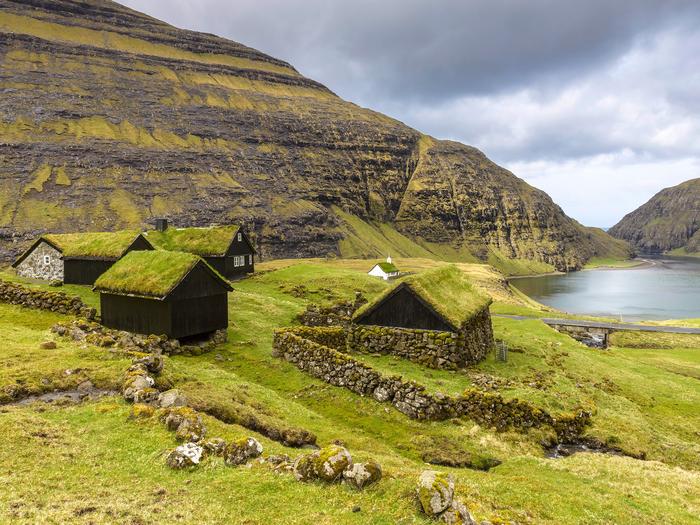Genetic Analysis of Viking Settlers Challenges Historical Saga
Posted on Categories Discover Magazine

If you look at a map, it would appear obvious that the neighboring Norse folks settled both Iceland and the Faroe Islands. After all, Norway is the closest country to Iceland at around 900 miles, while it is also the nearest neighbor to the Faroe Islands — an archipelago of 18 islands in the North Atlantic — at around 350 miles.
However, new evidence says the truth is more complicated. A genetic analysis shows that Icelandic people come from a relatively similar gene pool, while residents of the Faroe Islands come from both a more diverse and far-flung one, according to a report in Frontiers in Genetics.
“Scientists have long assumed that the Faroe Islands and Iceland were both settled by similar Norse people,” Christopher Tillquist, an associate professor at the University of Louisville in Kentucky and the lead author of the study said in a press release. “Yet our novel analysis has shown that these islands were founded by men from different gene pools within Scandinavia. They have separate genetic signatures that persist to this day.”
Read More: Identified Bones of ‘Well Man’ Match 800-Year-Old Norse Saga
Diverse Viking Gene Pools
The researchers looked at 12 specific genetic markers of 139 men from three of the Faroe isles and compared them to the same markers in 412 men from Norway, Sweden, Denmark, Iceland, and Ireland. Their analysis showed that the Faroese samples resembled a broad range of genotypes from throughout Scandinavia, while the Icelandic genotypes where both different and appeared to be from less scattered locations.
These results are especially interesting because they expand on a historical text called the Færeyinga Saga, written about 800 years ago. The tale recounts how a Viking chief called Grímur Kamban settled in the Faroe Islands 1200 years to 1300 years ago.
Read More: Vikings Once Called North America Home
Far-Flung Followers
The genetic data indicates that Grimur’s followers hailed from throughout Scandinavia — not just one particular region. It also suggests that a genetically different group of Vikings probably settled Iceland.
“There doesn’t seem to have been any interbreeding afterwards between these two populations, despite their geographic proximity,” Tillquist said in a statement. “Our results demonstrate that Viking expansion into the North Atlantic was more complex than previously thought.”
As a result, history books about the region may need to be rewritten to account for the more complicated story of Viking settlement.
Article Sources
Our writers at Discovermagazine.com use peer-reviewed studies and high-quality sources for our articles, and our editors review for scientific accuracy and editorial standards. Review the sources used below for this article:
Before joining Discover Magazine, Paul Smaglik spent over 20 years as a science journalist, specializing in U.S. life science policy and global scientific career issues. He began his career in newspapers, but switched to scientific magazines. His work has appeared in publications including Science News, Science, Nature, and Scientific American.